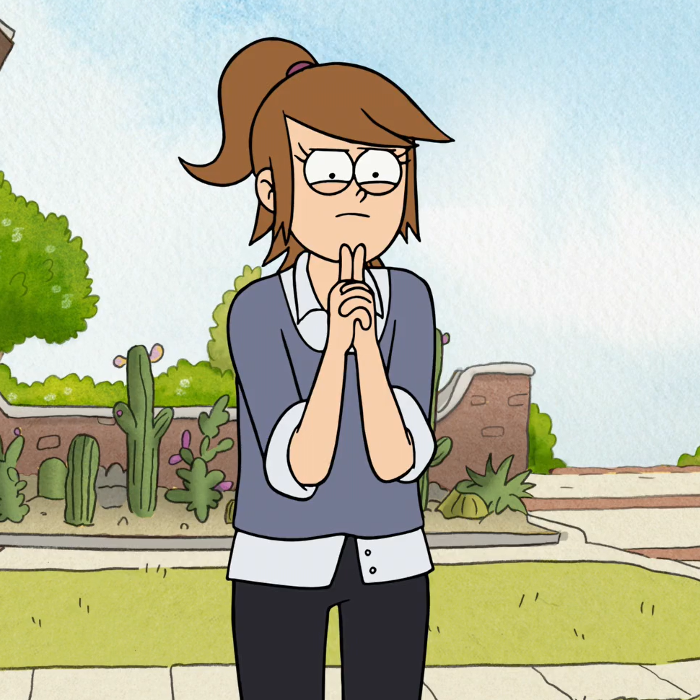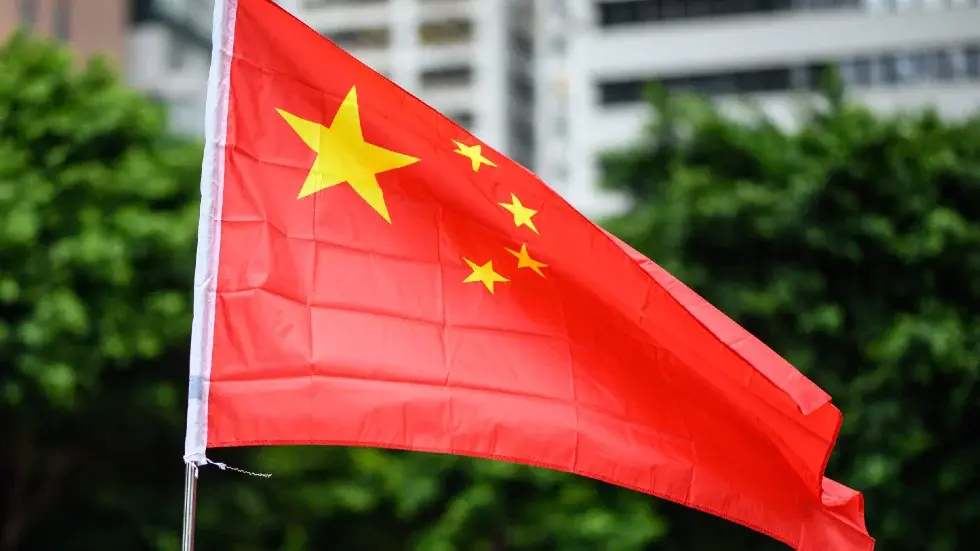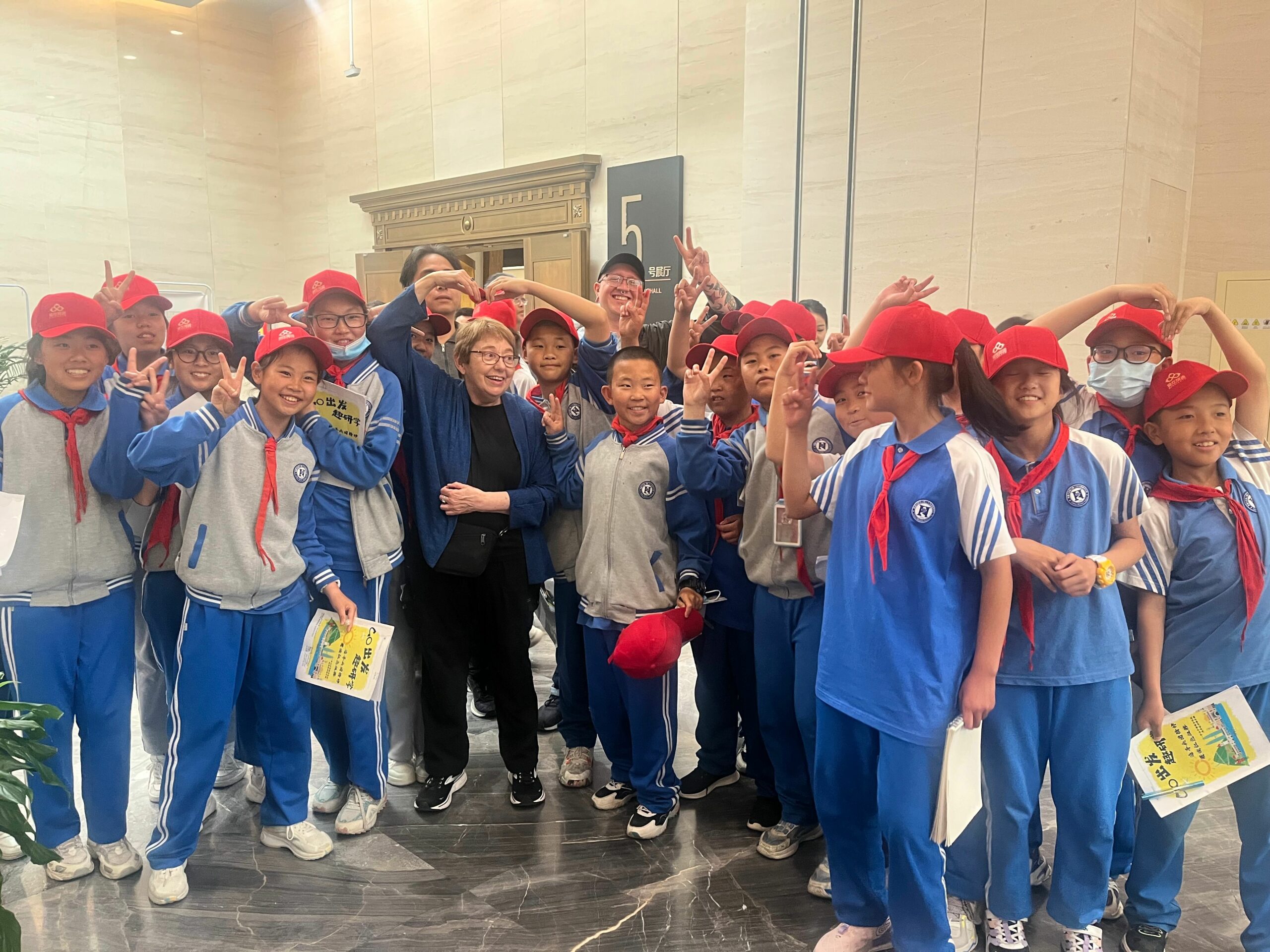Torrents of U.S. media reports had told us to expect cities under martial law, military forces of occupation and heavily armed police on every corner. The Indigenous population, especially the Uygur people, are described as an impoverished and isolated population, who are allegedly forced into slave labor and doing backbreaking work in the fields or being locked inside concentration camps.
Coming from the New York City area, I expected a police force of at least equal size. The New York City police force is the world’s eighth-largest armed body. On our return, reports of “Stop and Frisk” programs centered on Black and Brown youth dominated the media: “Too many people in New York City are stopped, searched and frisked illegally, federal monitor says.”
What we saw in Xinjiang was vibrant cities — Kashgar and Urumqi — full of tens of thousands of tourists, along with the local population of many nationalities. Huge and colorful marketplaces and bazaars, almost all of them run by Uygur families, stretched for many blocks. Busy subway lines crossed the cities. Everywhere we saw food markets brimming with inexpensive produce. Restaurants, cafes and street food stalls were packed with local people. In the evenings, the streets were full — not silent and ominous.


